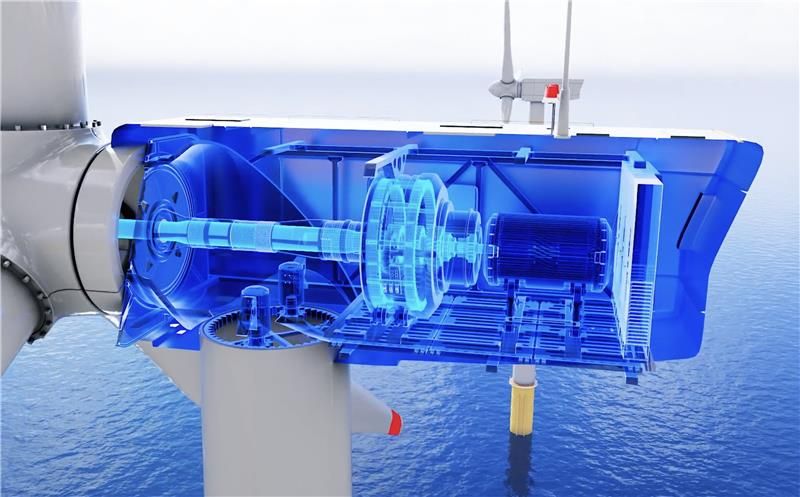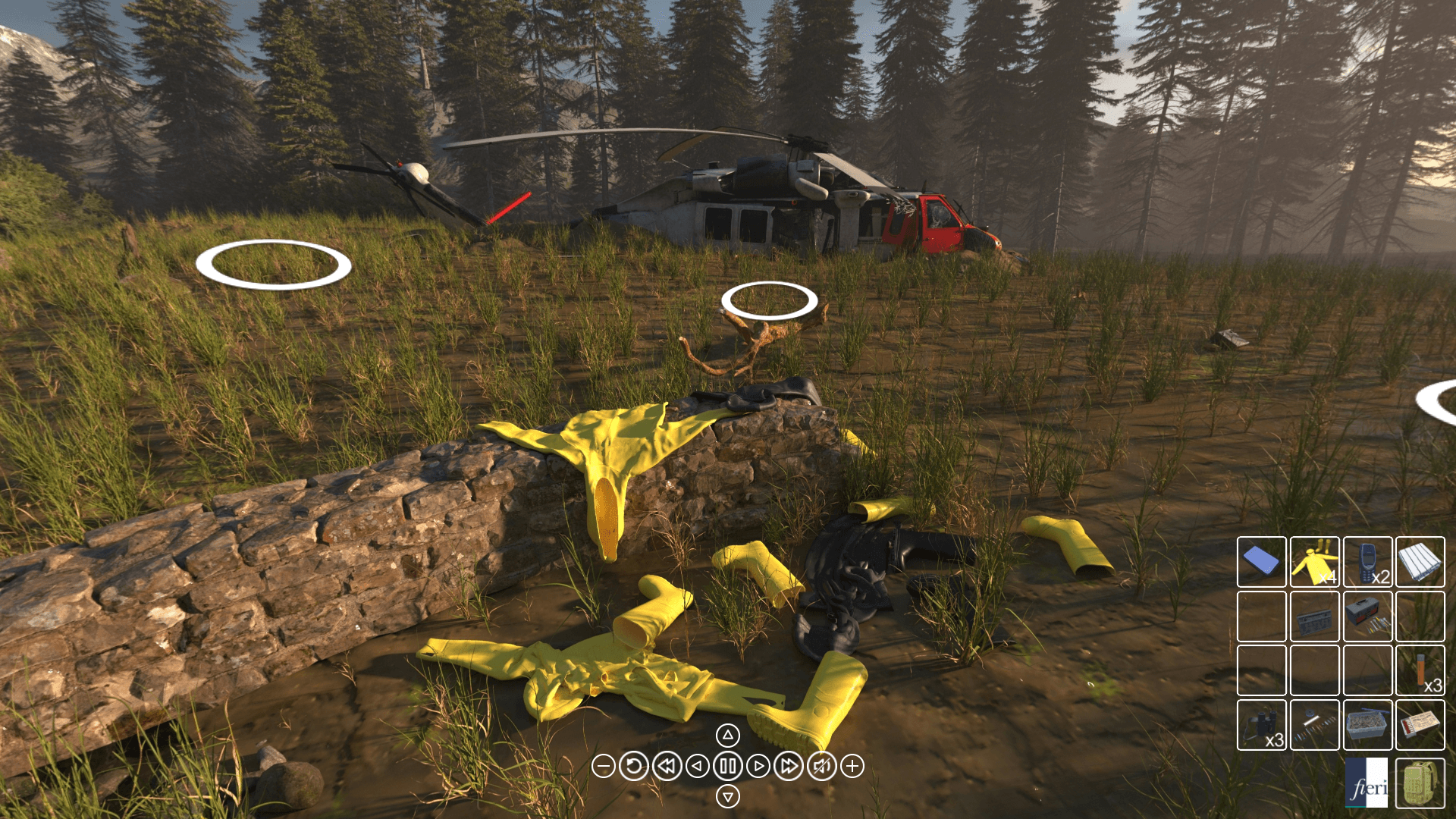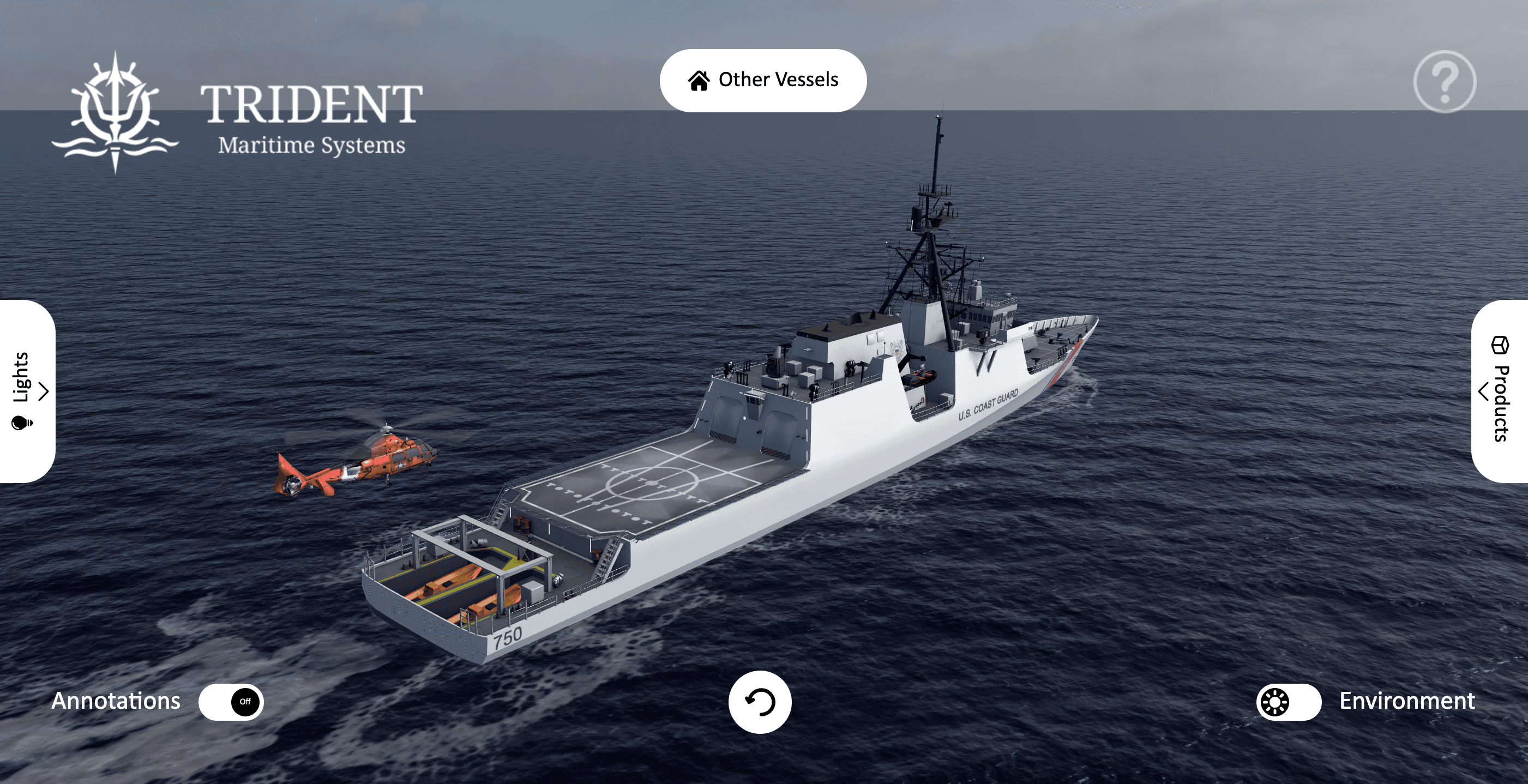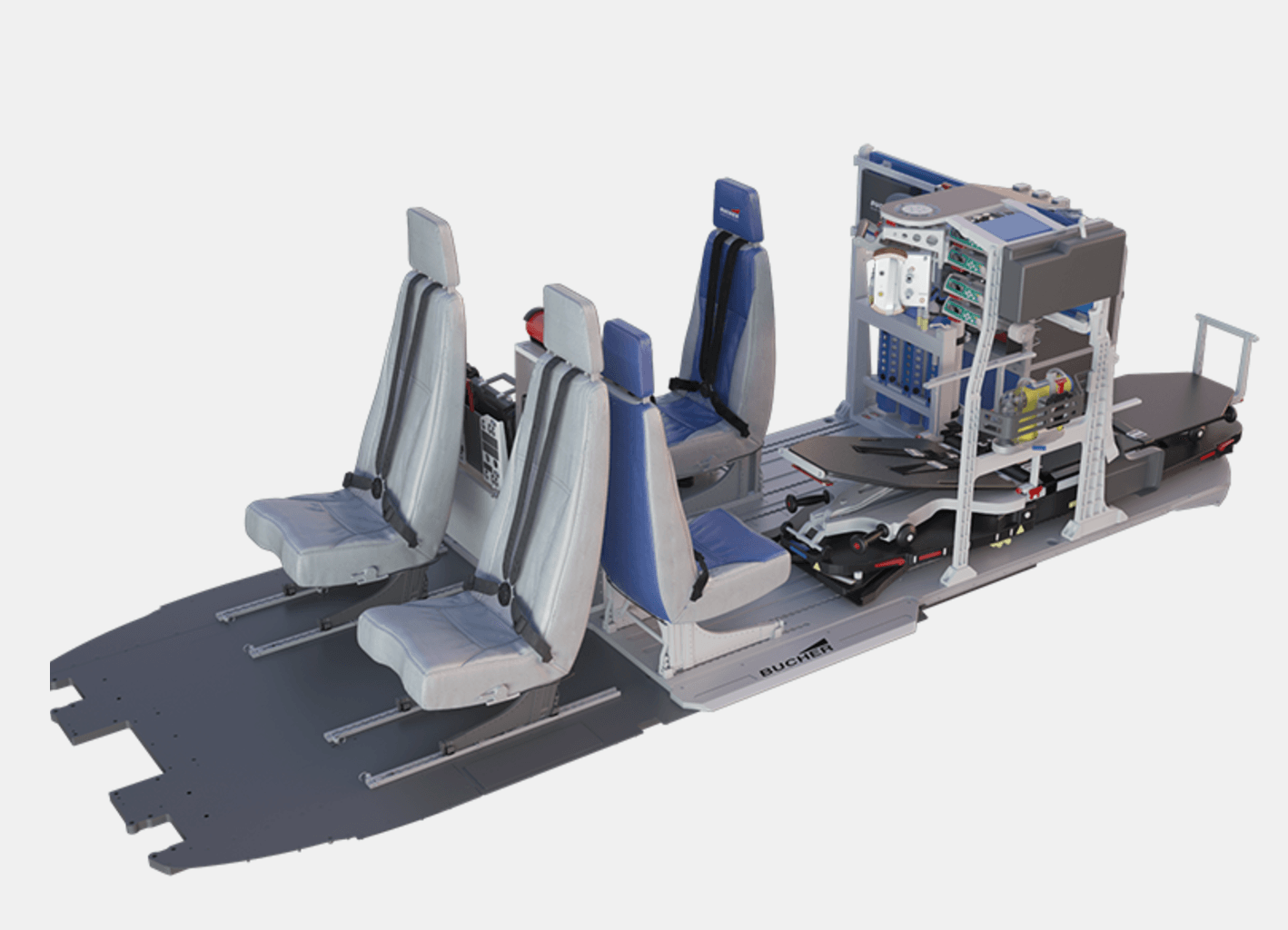Revolutionising Product Demos with Real-Time Gaming Engines
In industries like engineering, manufacturing, defence, and aerospace, where products are often monumental, complex, or costly, showcasing a physical model isn’t always an option. For these sectors, digital product demos have become a game-changer. Imagine offering clients a way to explore and interact with a product in full detail, virtually stepping into a real-time, digital twin that simulates every dimension and feature. This shift is made possible by tools we know from the gaming world like Unreal Engine and Unity, software that enables lifelike, immersive experiences without the need for a physical product.

Gaming engines, though traditionally associated with the gaming industry, are proving to be powerful allies for B2B companies in need of high-impact, scalable product presentations. At EPM, we’re using this technology to develop sophisticated interactive solutions, giving our clients in these complex industries a new way to engage their customers and elevate their product experiences to an entirely new level.

Winning gold at the AVA Digital Awards and Muse Awards.
Moving Beyond Static Content
The challenge with conventional product visuals, like photos and videos, is that they’re limited to what can be shown at a single angle, and they lack interactivity. For a client to truly get a feel for a product’s scale, intricate details, or moving parts, static content just doesn’t cut it. Digital 3D demos powered by real-time gaming engines, however, allow clients to explore a product from every angle, zoom in on critical components, and even interact with functionalities, all without needing the actual product in front of them.
Studies show the power of this interactive approach. For instance, companies that use interactive 3D experiences report a 40% higher engagement rate and a 30% improvement in customer understanding of their products, according to data from SuperDNA 3D Lab. Additionally, Gartner projects that by 2025, over 50% of B2B buyers will expect personalized, interactive digital experiences when evaluating products, as opposed to traditional imagery. Clearly, interactive tools are no longer optional - they’re becoming an expectation in the B2B space.

Why Real-Time Engines Matter for Complex Industries
There are some key reasons why this approach is a win for industries where products are often complex or challenging to present:
- Immersive Product Exploration: Real-time engines let clients “step inside” a product virtually. For those in industries like defence or aerospace, this means potential customers can explore inner workings and functionalities, which builds a richer, more informed understanding of the product's capabilities.
- Reducing Cost and Complexity: When products are large, delicate, or costly to transport, digital twins offer an alternative that’s not only more practical but also budget-friendly. McKinsey reports that companies can save up to 25% on product display costs by using virtual demos instead of physical models.
- Consistent Brand Experience Across Touchpoints: Gaming engines allow for consistent, high-quality visuals that reinforce the brand’s standards across every touchpoint. From in-app experiences to virtual showrooms, companies can use the same CGI assets across all platforms to ensure a cohesive and brand-aligned presentation.
- Customised, Client-Specific Demonstrations: One of the standout benefits of using real-time engines is their adaptability. Product features can be quickly customized during a demonstration to meet specific client needs. This personalised touch can be incredibly powerful in engineering and defence, where product specs are often tailored.
- Fast, Scalable, and Sustainable: These digital assets are scalable. Once created, they can be deployed almost anywhere such as websites, social media, or in-person demos, allowing brands to move quickly and meet client needs faster. Furthermore, by going digital, companies reduce waste and transportation emissions. According to research from Saddington Baynes, switching to digital demos can result in up to 50% fewer emissions compared to traditional product displays.

By embracing gaming engines like Unreal and Unity, EPM is helping clients go beyond the limits of physical presentations, creating engaging, interactive digital twins that overcome logistical challenges and reduce environmental impact. In sectors where products are too large, complex, or costly to display physically, this technology is changing the game, offering a fresh, immersive way for companies to connect with their clients and showcase their products' potential.


